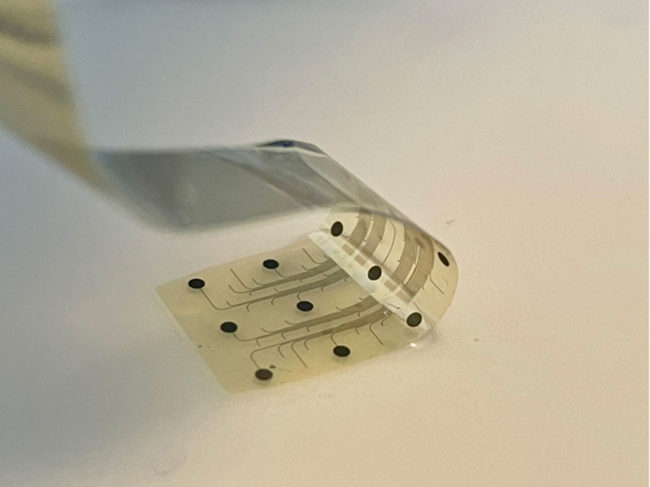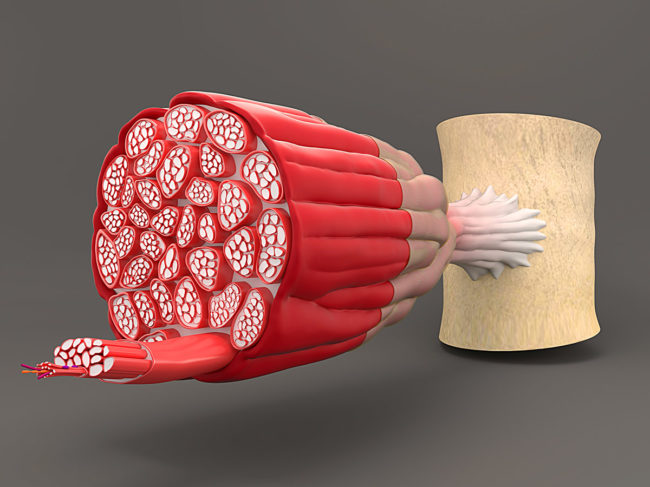
Neurology/psychiatric
Neurology/Psychiatric
Curasen receives investment to advance α1A-AR agonist for Alzheimer’s disease
Read MoreNeurology/Psychiatric
ECNP 2023: Look for antibodies in idiopathic psychoses? First, maybe better tests
Read MoreNeurology/Psychiatric
Shanghai Institute of Materia Medica patent describes Nav1.8 blockers
Read MoreNeurology/Psychiatric
Intra-Cellular Therapies patents SERT, 5-HT2A and dopamine receptor ligands
Read MoreNeurology/Psychiatric



